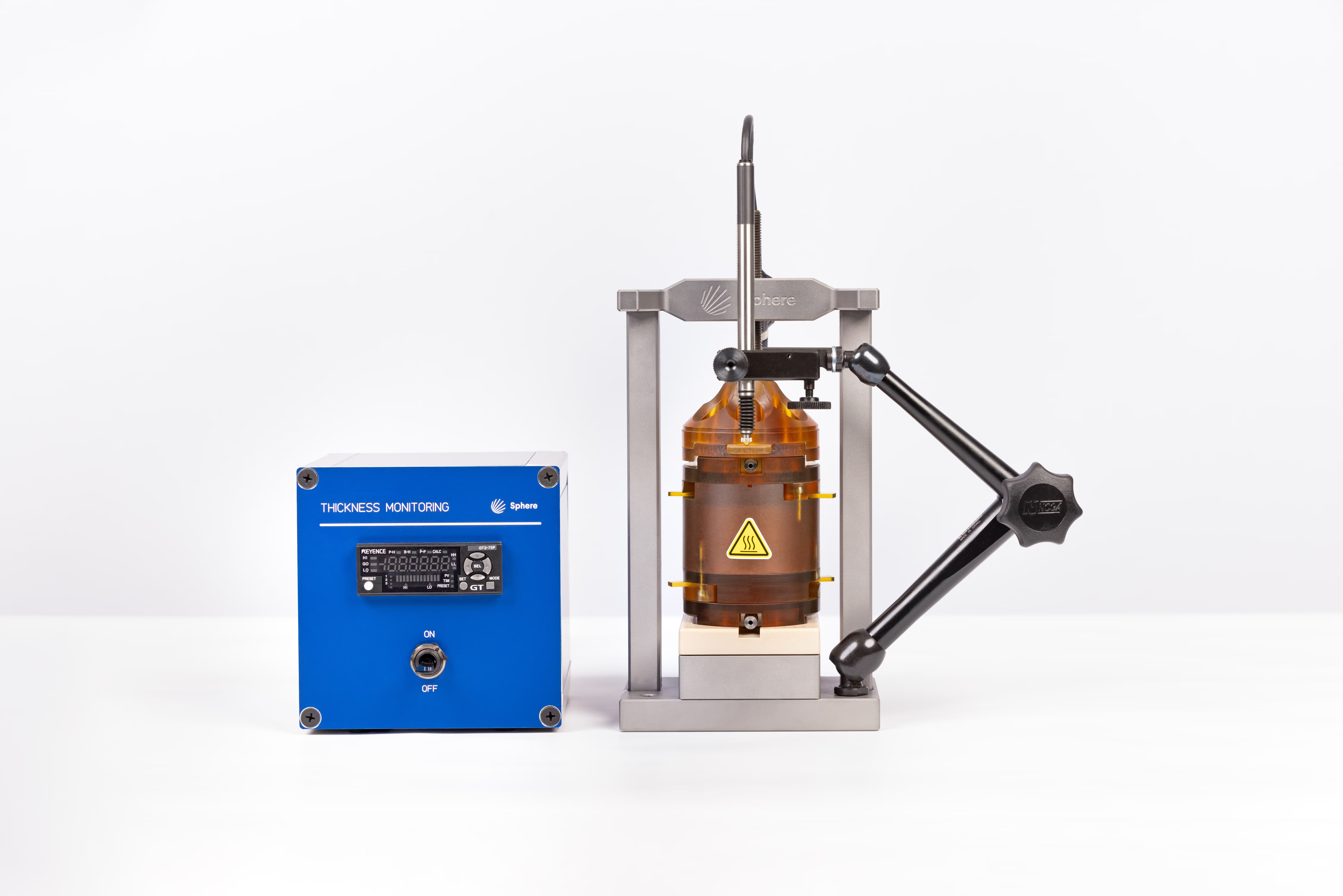


Next-Gen Testing for Solid-State & Pouch Cell Batteries
Unlocking Deeper Insights into Battery Performance
Overview of cell formats
We accompany you along the entire battery development cycle - from power testing to upscaled pouch cells!
Designed for Accuracy: Key Specs




Precision Testing, Predictive Insights
Enhancing Your Solid-State Battery Testing with Seamless Pressure Monitoring and In-Depth Performance Insights
The right tool for your R&D
Get more accurate and reproducible results from your battery testing.
%201.avif)
Discover Our ASC Setup
Precision, Control, and Insight for Solid-State Battery Research
Trusted by Leading Teams Worldwide
%201.avif)



%201.avif)





We are here to make your development faster
.png)
.png)
.png)
.png)
.png)
.png)



.png)
.png)
.png)
.png)